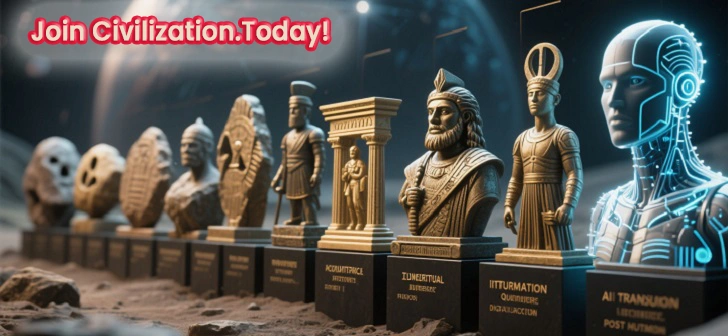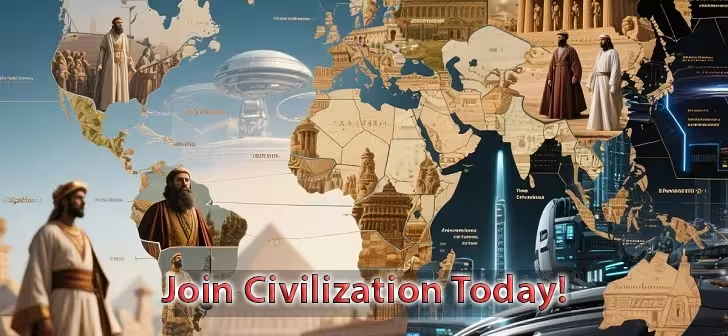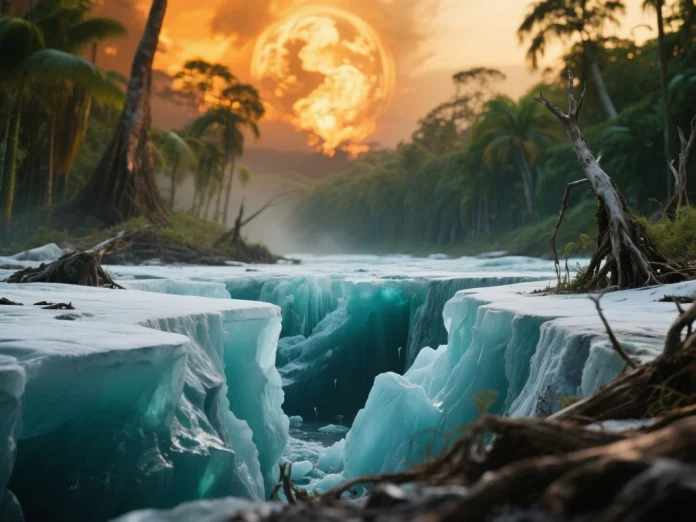In the grand sweep of human history, civilizations have risen and fallen due to war, famine, disease, and political collapse. But today, humanity faces a far more complex and potentially irreversible threat — climate tipping points. These are not just gradual changes in temperature or rainfall patterns; they are sudden, dramatic shifts in Earth’s systems that could alter life as we know it.
Scientists warn that crossing these tipping points could push our planet into a new and dangerous state — one where reversing the damage may be impossible, and survival for many societies becomes a desperate struggle.
What Are Climate Tipping Points?
A climate tipping point is a critical threshold in Earth’s climate system. Once crossed, it triggers self-reinforcing changes that cannot easily be undone. Think of it like pushing a glass to the edge of a table — once it tips over, gravity takes over, and there’s no going back.
Unlike gradual climate shifts, tipping points happen relatively quickly in geological terms — often within decades, sometimes even years. This speed is what makes them so dangerous for civilizations that depend on stable environmental conditions to survive.
The Major Climate Tipping Points
Scientists have identified several potential tipping points that could be triggered if global warming exceeds certain thresholds. These include:
1. The Melting of the Greenland Ice Sheet
If Greenland’s ice sheet melts beyond a certain point, it will cause massive sea-level rise, flooding coastal cities and displacing millions. Even if global temperatures stabilize, the melting could continue for centuries due to self-reinforcing feedback loops.
2. Collapse of the West Antarctic Ice Sheet
This ice sheet is grounded below sea level, making it vulnerable to warm ocean water intrusion. If it collapses, sea levels could rise by several meters, reshaping continents and drowning low-lying nations.
3. Amazon Rainforest Dieback
The Amazon generates its own rainfall through evaporation. Rising temperatures and deforestation could push it past a tipping point where it shifts from lush rainforest to dry savanna — releasing massive amounts of carbon and further accelerating climate change.
4. Permafrost Thaw
Vast amounts of methane — a potent greenhouse gas — are trapped in Arctic permafrost. If thawed, these gases could cause a runaway warming effect, making climate control far more difficult.
5. Collapse of the Atlantic Meridional Overturning Circulation (AMOC)
This ocean current system regulates climate patterns in Europe, Africa, and the Americas. A slowdown or collapse could cause extreme weather, crop failures, and major disruptions to global food supply.
Why Climate Tipping Points Threaten Civilizations
Civilizations thrive on stability — predictable seasons, reliable water sources, and fertile land. Climate tipping points destroy this stability by introducing rapid, unpredictable environmental changes.
Historically, environmental stress has been a key factor in societal collapse. The Mayan civilization, for instance, faced severe droughts; the Akkadian Empire fell after prolonged arid conditions. Today’s interconnected world means climate disasters in one region can ripple globally, disrupting food trade, migration patterns, and political stability.
If tipping points are crossed, modern civilizations may face a “domino effect” of crises: mass migration, food shortages, economic collapse, and even armed conflict over dwindling resources.
The Domino Effect: When One Tipping Point Triggers Another
Climate systems are interconnected. The melting of Arctic ice reduces the Earth’s albedo (reflectivity), causing more heat absorption, which accelerates permafrost thaw. Similarly, Amazon rainforest loss could affect rainfall patterns that feed other ecosystems, pushing them toward collapse.
Once multiple tipping points are activated, they can interact in ways scientists call “cascading tipping points” — a dangerous chain reaction that could lead to a radically different and hostile planet.
Can We Avoid Climate Tipping Points?
The short answer: Yes, but time is running out. Avoiding these thresholds requires rapid, large-scale action to reduce greenhouse gas emissions, restore ecosystems, and shift toward sustainable energy.
Key Actions Include:
- Cutting global emissions to net zero before mid-century.
- Protecting and restoring forests, especially carbon-rich areas like the Amazon and Congo Basin.
- Investing in renewable energy to replace fossil fuels.
- Implementing climate-resilient agriculture to secure food supplies.
- Global cooperation to address climate refugees and resource management.
The challenge is political will. Technologically, we have the solutions — from solar and wind energy to carbon capture. But without strong policies, corporate responsibility, and public pressure, the world risks sleepwalking into catastrophe.
The Moral Imperative
Preventing climate tipping points isn’t just about saving ecosystems — it’s about safeguarding human dignity, stability, and the future of our children. If we fail, future generations may inherit a fractured planet where survival is a daily struggle, and the achievements of human civilization are reduced to ruins.
It’s easy to feel powerless in the face of such a massive problem, but history shows that collective action can move mountains. Civil rights, gender equality, and public health revolutions all started with awareness and grassroots movements. The climate crisis demands the same urgency and solidarity.
Conclusion: Standing at the Edge
Humanity is now at a crossroads. Climate tipping points are not distant possibilities — some may already be underway. The question is whether we act in time to prevent the worst or allow the cascading collapse of Earth’s life-support systems.
The future will not be decided by chance but by choice. And the window for making the right choice is closing fast.
If civilizations are to survive and thrive, we must recognize that protecting the planet is not an optional act of charity — it is the foundation of human existence. The tipping points are real. The danger is now. The response must be immediate.




